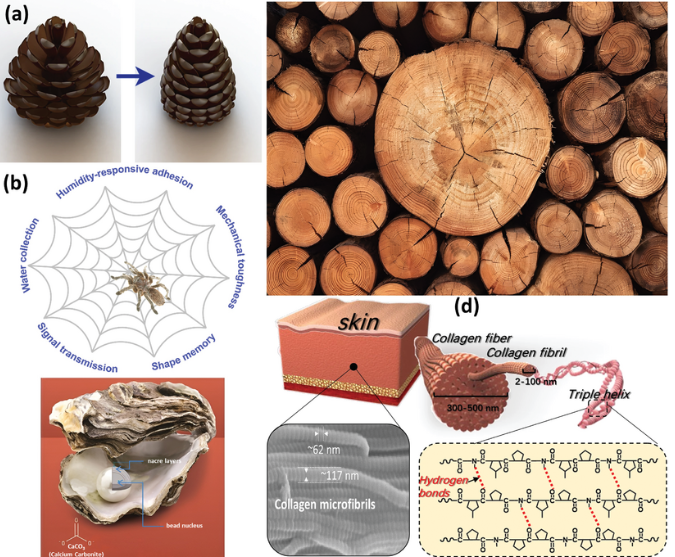Hands on 3d printing a possibility for rare material
- anikshakar6
- Nov 27, 2023
- 2 min read
3D printing technologies allow for the production of objects using a variety of materials, including rare or hard-to-find materials. While it's not possible to create new rare materials using 3D printing, the technology does offer certain possibilities and advantages for working with such materials:
Replication and Replacement: 3D printing enables the replication of objects made from rare materials, allowing for the creation of replicas or replacements when the original items are scarce or difficult to obtain.
Customization: 3D printing allows customization of objects based on specific needs, designs, or dimensions. This could be particularly useful in instances where the use of rare materials is necessary for specialized applications or specific purposes.
Prototype and Small-Scale Production: For research, prototyping, or small-scale production, 3D printing allows the creation of parts or components using rare materials without the need for large-scale manufacturing processes.
Aerospace and High-Performance Industries: Some rare or exotic materials, such as certain alloys or composites, are used in aerospace or high-performance industries due to their unique properties. 3D printing offers the potential to create intricate structures or components with these materials for specialized applications in these fields.
Material Development and Experimentation: Researchers and material scientists can use 3D printing to experiment with new compositions, alloys, or combinations of materials, including rare elements. This exploration might lead to the development of novel materials with specific properties or functionalities.
However, there are limitations and challenges in 3D printing with rare materials:
Availability and Cost: Rare materials are, by definition, scarce and expensive. Obtaining these materials in a form suitable for 3D printing can be challenging and costly.
Technical Challenges: Some rare materials may have unique properties that make them difficult to work with using standard 3D printing methods. Compatibility with printing processes, such as melting temperatures, viscosity, and material handling, could pose technical challenges.
Regulatory Considerations: The use of certain rare materials might be subject to strict regulations due to their scarcity or potential environmental impact, which could affect their availability for 3D printing applications.
While 3D printing can facilitate working with rare materials to some extent, the widespread use of these materials in additive manufacturing might be constrained by the factors mentioned above. Researchers and innovators are continually exploring new ways to overcome these challenges and expand the possibilities of 3D printing with rare and exotic materials.




Comments